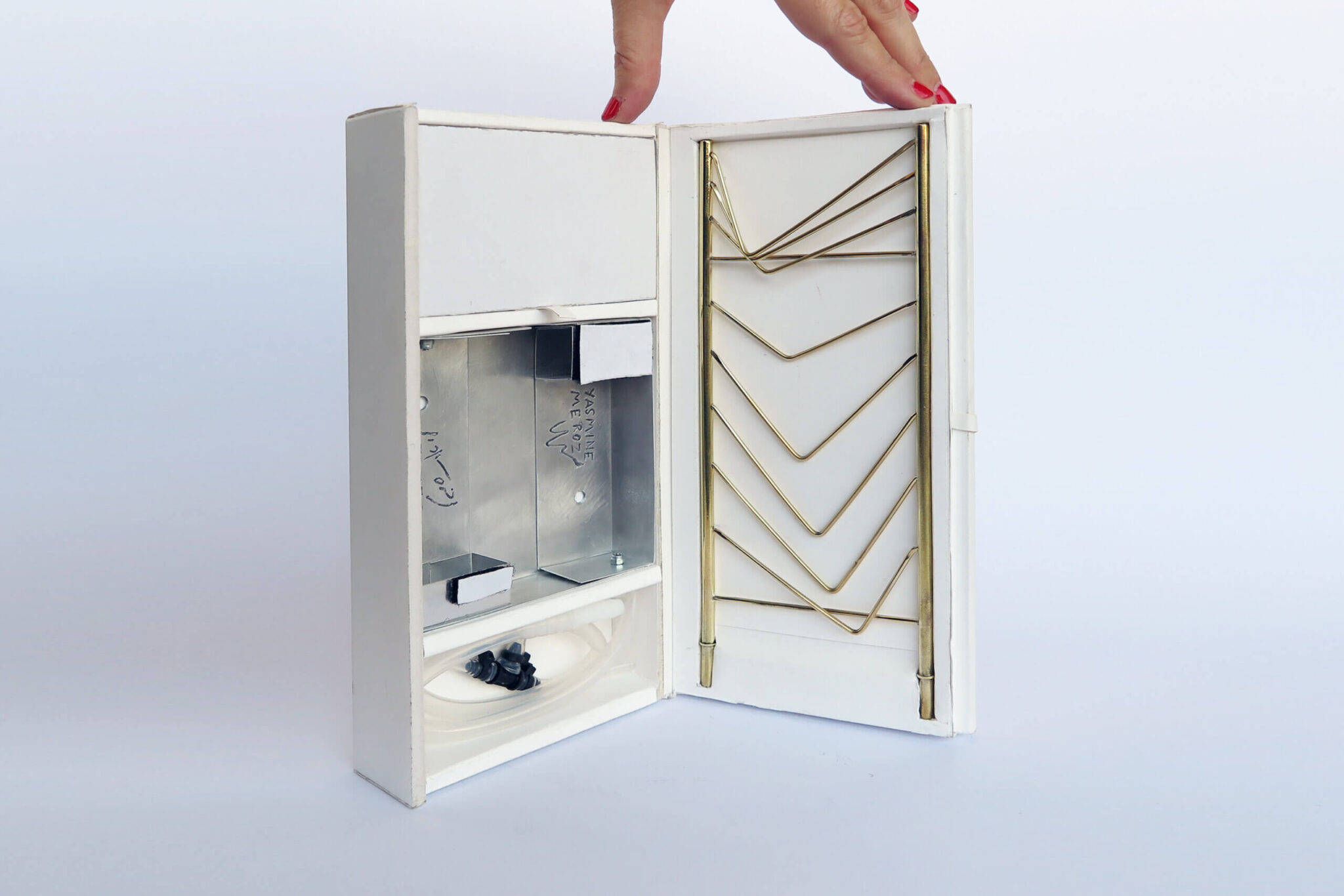One of the only contemporary works of art created and launched into outer space - the medium is actually the physics of water behavior in zero gravity, an experiment that took place on the International Space Station by Eitan Stiva. The creators of the sculpture, researcher Dr. Yasmin Maroz and artist Liat Segal, the results of the experiment are very surprising

One of the only contemporary works of art created and launched into outer space - the medium is actually the physics of water behavior in zero gravity conditions, an experiment that took place on the International Space Station by Eitan Stiva. The creators of the sculpture, researcher Dr. Yasmin Maroz and artist Liat Segal, the results of the: The results of the experiment are very surprising. The two hypothesized that the water would envelop the statue, and that its shape would echo the undulating shape of the building. In practice, the water created a number of large sefiru, which gently cling to the structure, and their movement and shape are affected by it.
The sculpture, an 'impossible object', is one of the first works of art created to exist solely in outer space. The creators of the statue are the researcher Dr. Yasmin Maroz from the Faculty of Life Sciences at Tel Aviv University and the contemporary artist Liat Segal. Their joint work was launched in April 2022 to the International Space Station (ISS) As part of the 'Sky' mission, in which the Israeli Eitan Stiva flew. This is a contemporary work of art based on research thinking, in which the medium is actually the physics of water behavior in zero gravity conditions.
According to Dr. Maroz and Segal, the result of the first artistic experiment of its kind in outer space surprised even them. Segal and Moroz hypothesized that the water would envelop the statue, and that its shape would echo the undulating shape of the building. In practice, the water created a number of large sefiru, which gently cling to the structure, and their movement and shape are affected by it. The transparent drops act as lenses, reflecting reflections from the rest of the station. Many variables affect the behavior of the sculpture in space, some of them depend on physical properties and some on the operating method. In this sense, the loss of control and the desire for discovery are an integral part of the work.
An 'impossible object' is a sculpture whose three-dimensional structure is made of liquid water that does not receive its shape from any receptacle, and as such cannot exist on Earth but only in outer space. The sculpture is built from a skeleton of pipes and rods Brass to which water is injected. In the absence of gravity, the water gradually creates three-dimensional structures around the rods that change over time, and take their shape thanks to the surface tension forces of the water, and their attraction to the sides of the rods. On Earth, gravity is stronger than both of these forces, which is why water behaves so differently from space. The structure of the golden sculpture, reminiscent of an undulating and directionless staircase, raises questions about the nature of form in an environment devoid of gravity and directionality, and in particular, what is the form of water? What does a piece of sea or a handful of waves look like? In "Impossible Object" Segal and Moroz observe the place of culture and art in a time when humanity is experiencing accelerated scientific and technological developments. Now, with the budding of space tourism and after the conditions for basic existence and security have become possible, they are asking questions about human culture and art also outside the earth.
Meroz and Segal met for the first time during their master's degree studies, during which they carried out their research in the same laboratory, at Tel Aviv University. Since then their paths diverged, until several years later they were reunited for the benefit of their first artistic collaboration, when they were invited to create a work of art together and present it at the Gania Schreiber Contemporary Art Gallery at Tel Aviv University. The two are big believers in artistic-scientific collaborations and think they are 'fairy dust', igniting ideas and breakthroughs in both fields.
As two leading women in their field, Segal and Rose hope that Impossible Object, the first work of art in space ever created by two women, will inspire many more women to realize their dreams.
More of the topic in Hayadan:
- Day three of a celestial mission on the space station: Stiva completed the first part of the CRISPR experiment
- Space mission experiments part 1: conducting remote tests and the effect of staying in space on the immune system
- Sky Task Experiments Part 2: Studies in the Brain
- Sky Mission Experiments Part 3: The rest of the medical experiments, space steak and the student experiments

2 תגובות
Beautiful but not surprising
"The results of the experiment are very surprising": only those who have forgotten elementary school nature classes (there are still elementary school nature classes, yes?) will be surprised by how many water balls in zero gravity stick to a random surface.
And these are our scientists in the Department of Biology, at Tel Aviv University, and the promising young people of De Marker for 2020.